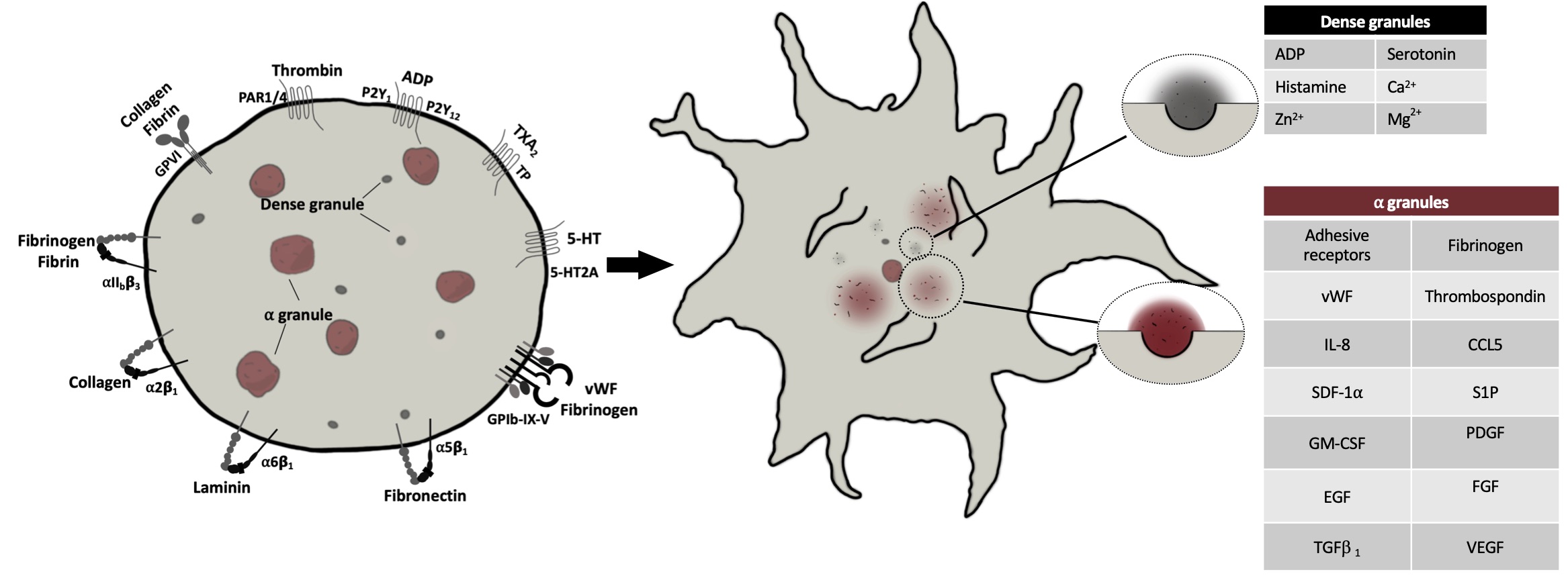Lloyd Atkinson
Intraovarian injection of platelet-rich plasma in assisted reproduction: too much too soon?
Atkinson, Lloyd; Martin, Francesca; Sturmey, Roger G.
Authors
Abstract
The prospect of ovarian rejuvenation offers the tantalising prospect of treating age-related declines in fertility or in pathological conditions such as premature ovarian failure. The concept of ovarian rejuvenation was invigorated by the indication of the existence of oogonial stem cells (OSCs), which have been shown experimentally to have the ability to differentiate into functional follicles and generate oocytes; however, their clinical potential remains unknown. Furthermore, there is now growing interest in performing ovarian rejuvenation in situ. One proposed approach involves injecting the ovary with platelet rich plasma (PRP).
PRP is a component of blood that remains after the in vitro removal of red and white blood cells. It contains blood platelets, tiny anucleate cells of the blood, which are responsible for forming a thrombus to prevent bleeding. In addition, PRP contains an array of cytokines and growth factors, as well as a number of small molecules. The utility of PRP has been investigated in a range of regenerative medicine approaches and has been shown to induce differentiation of a range of cell types, presumably through the action of cytokines.
A handful of case reports have described the use of PRP injections into the ovary in the human, and while these clinical data report promising results, knowledge on the mechanisms and safety of PRP injections into the ovary remain limited. In this article, we summarise some of the physiological detail of platelets and PRP, before reviewing the existing emerging literature in this area. We then propose potential mechanisms by which PRP may be eliciting any effects before reflecting on some considerations for future studies in the area. Importantly, on the basis of our existing knowledge, we suggest that immediate use of PRP in clinical applications is perhaps premature and further fundamental and clinical research on the nature of ovarian insufficiency, as well as the mechanism by which PRP may act on the ovary, is needed to fully understand this promising development.
Citation
Atkinson, L., Martin, F., & Sturmey, R. G. (2021). Intraovarian injection of platelet-rich plasma in assisted reproduction: too much too soon?. Human Reproduction, 36(7), 1737-1750. https://doi.org/10.1093/humrep/deab106
| Journal Article Type | Article |
|---|---|
| Acceptance Date | Apr 13, 2021 |
| Online Publication Date | May 8, 2021 |
| Publication Date | Jun 18, 2021 |
| Deposit Date | May 20, 2021 |
| Publicly Available Date | May 9, 2022 |
| Journal | Human reproduction (Oxford, England) |
| Print ISSN | 0268-1161 |
| Electronic ISSN | 1460-2350 |
| Publisher | European Society of Human Reproduction and Embryology |
| Peer Reviewed | Peer Reviewed |
| Volume | 36 |
| Issue | 7 |
| Article Number | deab106 |
| Pages | 1737-1750 |
| DOI | https://doi.org/10.1093/humrep/deab106 |
| Keywords | Ovarian rejuvenation; Platelet rich plasma; Premature ovarian failure; Oogonial stem cells; Cytokines |
| Public URL | https://hull-repository.worktribe.com/output/3769216 |
Files
HUMREP-20-1785 Fig 1
(221 Kb)
Image
Copyright Statement
© The Author(s) 2021.
Article
(333 Kb)
PDF
Copyright Statement
© The Author(s) 2021.
You might also like
Practical considerations of dissolved oxygen levels for platelet function under hypoxia
(2021)
Journal Article
Prostacyclin reverses platelet stress fibre formation causing platelet aggregate instability
(2017)
Journal Article
Downloadable Citations
About Repository@Hull
Administrator e-mail: repository@hull.ac.uk
This application uses the following open-source libraries:
SheetJS Community Edition
Apache License Version 2.0 (http://www.apache.org/licenses/)
PDF.js
Apache License Version 2.0 (http://www.apache.org/licenses/)
Font Awesome
SIL OFL 1.1 (http://scripts.sil.org/OFL)
MIT License (http://opensource.org/licenses/mit-license.html)
CC BY 3.0 ( http://creativecommons.org/licenses/by/3.0/)
Powered by Worktribe © 2025
Advanced Search

